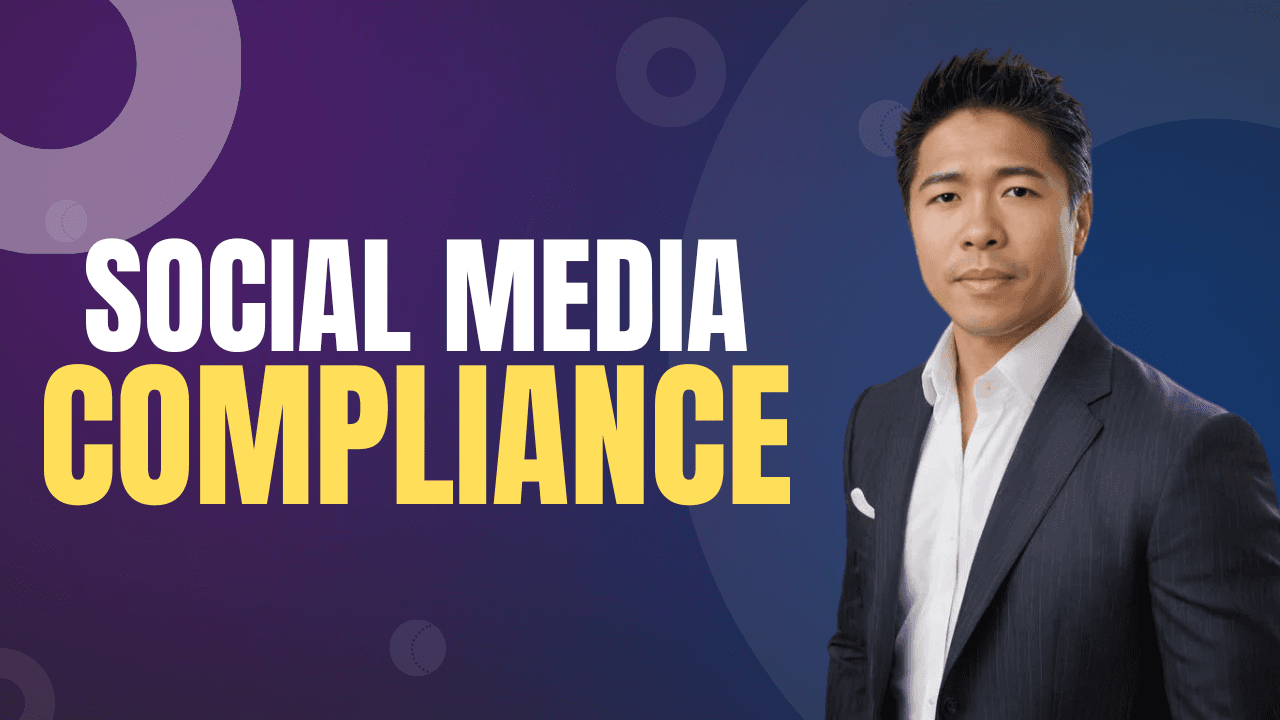Navigating Social Media Compliance and Security
In today's digital age, social media is a powerful tool for businesses to connect with their audience, build brand awareness, and drive sales. However, with the increased use of social media comes the need for strict compliance and robust security measures. Navigating social media compliance and security is crucial to protect your business and your followers.
Importance of Compliance and Security
Compliance and security on social media are critical for maintaining trust and credibility with your audience. Non-compliance with regulations can result in hefty fines, legal issues, and damage to your brand's reputation. Similarly, security breaches can lead to the loss of sensitive information, financial loss, and a decline in customer trust. Ensuring that your business adheres to regulations and implements strong security measures is essential for safeguarding your reputation and maintaining customer loyalty.
Understanding Compliance
Key Regulations Affecting Social Media
Several key regulations affect how businesses can use social media. Understanding these regulations is the first step in ensuring compliance:
- GDPR (General Data Protection Regulation): Applies to businesses handling personal data of EU citizens. It mandates strict data protection measures and gives individuals control over their data.
Adhering to these regulations helps protect user data and avoid legal issues.
Setting Up Secure Accounts
Best Practices for Security
Setting up secure social media accounts is fundamental to protecting your business and follower information. Follow these best practices:
- Strong Passwords: Use complex passwords that include a mix of letters, numbers, and special characters. Change passwords regularly and avoid using the same password across multiple accounts.
Monitoring for Compliance
Tools and Techniques for Oversight
Monitoring your social media accounts for compliance involves using various tools and techniques to ensure that your practices align with regulations:
- Social Media Management Tools: Tools like Hootsuite and Sprout Social can help manage and monitor your accounts. They provide features for tracking posts, engagements, and compliance with content guidelines.
Handling Data Privacy
Protecting Follower Data
Data privacy is a top concern for social media users. To protect follower data:
- Data Encryption: Use encryption to protect sensitive data during transmission and storage.
Training and Policies
Developing Internal Guidelines
Training your team and developing comprehensive policies are essential for maintaining compliance and security:
- Employee Training: Conduct regular training sessions on social media compliance and security. Ensure that employees understand the importance of adhering to policies and best practices.
Legal Considerations
Legal Pitfalls and How to Avoid Them
Navigating legal pitfalls on social media requires awareness and proactive measures:
- Intellectual Property: Avoid using copyrighted content without permission. Always credit original creators and obtain licenses where necessary.
Responding to Breaches
Steps to Take When Security is Compromised
In the event of a security breach, swift and effective action is crucial:
- Immediate Action: Contain the breach by securing affected accounts and stopping any ongoing unauthorized access.
FAQs
Common Compliance and Security Questions
- What is GDPR, and how does it affect social media? GDPR is a regulation that protects the personal data of EU citizens. It affects how businesses collect, store, and use data on social media, requiring transparency and user consent.
Conclusion
Navigating social media compliance and security is essential for protecting your business and your followers. By understanding key regulations, setting up secure accounts, monitoring for compliance, and handling data privacy effectively, you can mitigate risks and build trust with your audience. Regular training, clear policies, and a proactive approach to security will help ensure that your social media presence remains compliant and secure.


